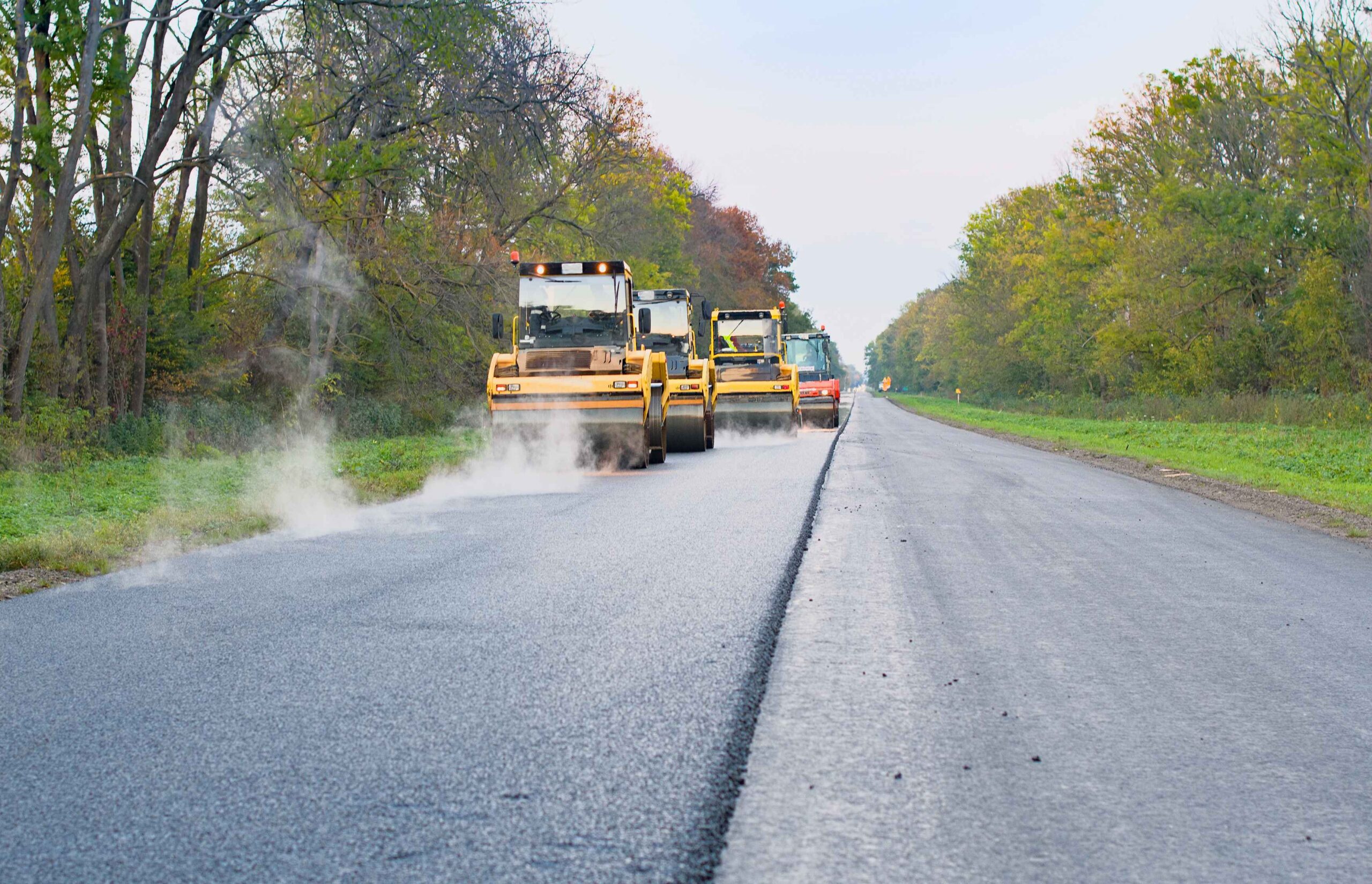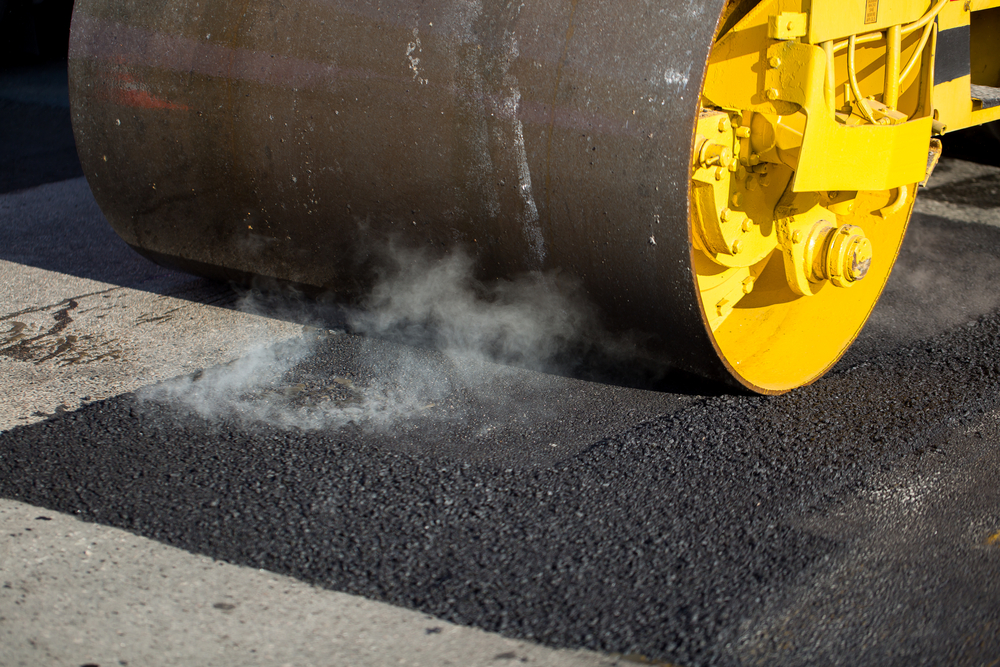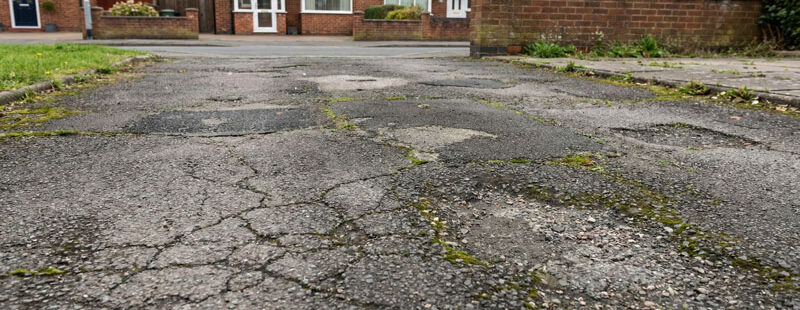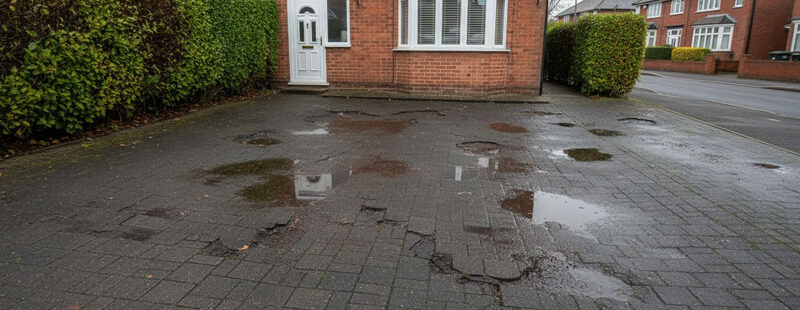
5 Essential Tips for Smart Road Resurfacing Frequency Planning
Road resurfacing frequency is one of the most crucial elements of road maintenance and infrastructure management. When roads are resurfaced at the right intervals, it enhances safety, improves the driving experience, extends the lifespan of the road surface, and helps prevent more costly and extensive repairs down the line. However, many local councils, businesses, private landowners, and property managers often ask: how often should roads be resurfaced?
At East Herts Surfacing, we’ve worked on everything from small private residential roads to extensive commercial sites and industrial estates throughout Hertfordshire and the surrounding areas. Drawing on decades of experience, this guide will provide expert insights into typical road resurfacing timelines, the key factors influencing resurfacing frequency, and how to know when your road or driveway requires resurfacing.
Why Is Road Resurfacing Frequency Important?
Proper management of road resurfacing frequency isn’t just about aesthetics. Timely resurfacing:
-
Enhances Road Safety: Worn surfaces can lead to potholes, cracks, and unevenness that pose hazards for vehicles and pedestrians.
-
Extends Surface Lifespan: Resurfacing refreshes the top layer of the road, protecting the underlying structure from weather and traffic damage.
-
Saves Money: Regular resurfacing avoids costly emergency repairs or complete road rebuilds.
-
Improves Usability: Smooth surfaces improve driving comfort and reduce vehicle wear.
Typical Road Resurfacing Timelines
While every road and surface is unique, some general resurfacing frequency guidelines apply based on road type, usage, and materials:
-
Urban and Heavily Trafficked Roads: These often require resurfacing every 10 to 15 years due to constant wear from high traffic volumes and heavy vehicles.
-
Lightly Trafficked or Residential Roads: These roads typically last longer, with resurfacing intervals ranging from 15 to 25 years depending on usage.
-
Private Roads and Estates: Usually resurfaced every 15 to 20 years, although this depends on the quality of installation and frequency of use.
It’s important to note that these timelines are averages and can vary based on several factors.
Factors Affecting Road Resurfacing Frequency
Several key factors influence how often a road will need resurfacing. Understanding these helps property managers and local authorities plan better maintenance schedules.
1. Traffic Load and Usage
The intensity and type of traffic significantly affect the road resurfacing frequency. Roads experiencing heavy traffic, especially from lorries and buses, degrade more quickly.
-
Commercial and industrial estates typically see heavier traffic and thus require more frequent commercial surfacing services.
-
Residential streets with mostly private cars have lower wear and longer resurfacing cycles.
For businesses and councils in Hertfordshire, understanding traffic patterns helps in scheduling cost-effective resurfacing.
🔗 Check our commercial surfacing services in Hertfordshire for expert solutions that withstand heavy use.
2. Quality of Materials and Installation
Using high-quality materials and professional installation methods extends the life of a road surface. Conversely, substandard materials or poor workmanship can lead to premature failure.
-
A properly laid tarmac installation can last for decades if maintained well.
-
Modern techniques such as machine-lay tarmac ensure an even, durable surface that resists cracking and deformation.
Investing upfront in superior installation reduces long-term resurfacing frequency and repair costs.
🔗 Learn more about our premium tarmac installation services designed for long-lasting durability.
3. Weather and Drainage Conditions
The local climate and drainage system are crucial in determining road longevity.
-
Roads in areas with frequent rainfall, frost, or freeze-thaw cycles degrade faster.
-
Poor drainage leads to water pooling, which penetrates cracks and accelerates surface breakdown.
In Hertfordshire, managing drainage alongside resurfacing significantly impacts road lifespan.
4. Maintenance and Repair History
Regular maintenance such as crack sealing, pothole patching, and cleaning can delay the need for full resurfacing.
-
Roads neglected over time develop more severe defects requiring earlier resurfacing.
-
A proactive maintenance plan helps optimise road resurfacing frequency and budgets.
Signs That Indicate It’s Time to Resurface Roads
Knowing when to resurface can save significant repair costs and improve safety. Common indicators include:
-
Extensive Cracking: Including “crocodile skin” or alligator cracking patterns.
-
Potholes and Surface Deformities: Frequent or large potholes suggest underlying problems.
-
Pooling Water or Poor Drainage: Standing water increases surface damage.
-
Loose Aggregates: Gravel or stones loosening from the surface indicate wear.
-
Faded or Uneven Surface Appearance: Visual signs often correlate with structural damage.
-
Rough Ride Quality and Noise: Increased vibrations or noise can signal a failing surface.
If you observe these signs, resurfacing is likely the most cost-effective and safe option.
Advantages of Machine-Lay Tarmac for Resurfacing
For large-scale resurfacing, machine-lay tarmac is the industry standard for fast, efficient, and precise surface application. Benefits include:
-
Uniform thickness and smooth finish
-
Reduced installation time and disruption
-
Superior compaction and durability
This method is perfect for extensive roads, retail car parks, and industrial estates in Hertfordshire and beyond.
🔗 Discover our machine-lay tarmac services for professional resurfacing solutions.
How to Plan Your Road Resurfacing Schedule
Proper planning ensures resurfacing is timely and cost-effective:
-
Regular Inspections: Schedule routine checks to detect early damage.
-
Use Historical Data: Track past repairs and surface age.
-
Consider Usage Patterns: Adjust resurfacing intervals based on traffic changes.
-
Budget for Preventive Maintenance: Allocating funds for maintenance can extend resurfacing intervals.
-
Work with Trusted Contractors: Partner with reliable specialists like East Herts Surfacing for accurate assessments and quality work.
Why Choose East Herts Surfacing for Your Resurfacing Needs?
With decades of combined experience, East Herts Surfacing is a trusted name for road resurfacing across Hertfordshire. Our tailored services cover:
-
Residential and private road resurfacing
-
Commercial surfacing for industrial estates, business parks, and retail car parks
-
Expert tarmac installation using modern machine-laying techniques
-
Efficient pothole repairs and ongoing maintenance to optimise resurfacing frequency
We pride ourselves on quality workmanship, transparent pricing, and minimising disruption to your property or business.
Get in Touch for Expert Road Resurfacing Advice
If you’re unsure about the road resurfacing frequency for your roads or driveways, contact East Herts Surfacing today. We offer free consultations and site surveys to assess your surface’s condition and recommend the best approach.
Maintaining your roads with the right resurfacing schedule saves money, enhances safety, and improves aesthetics.






